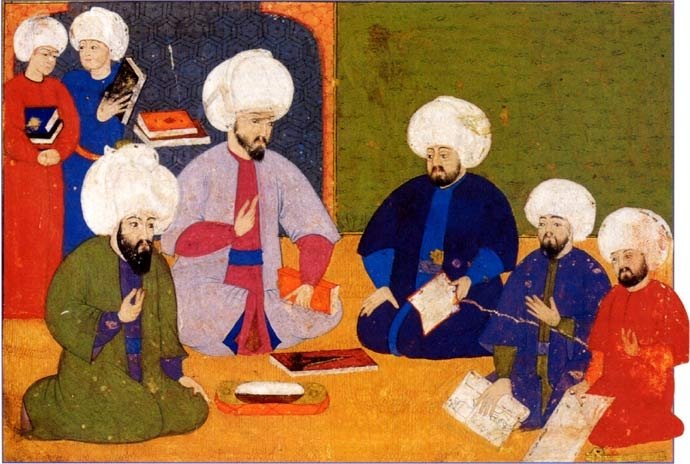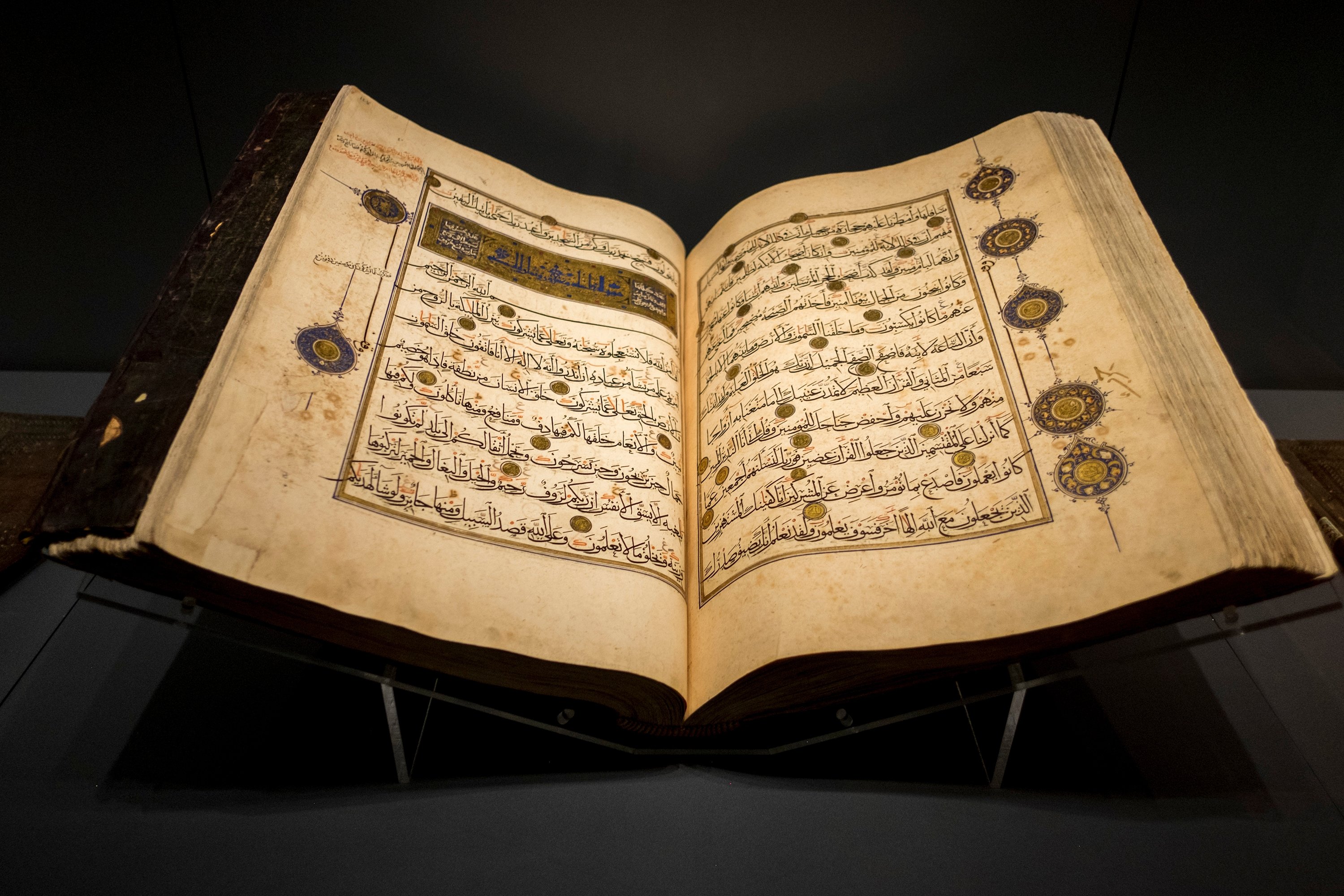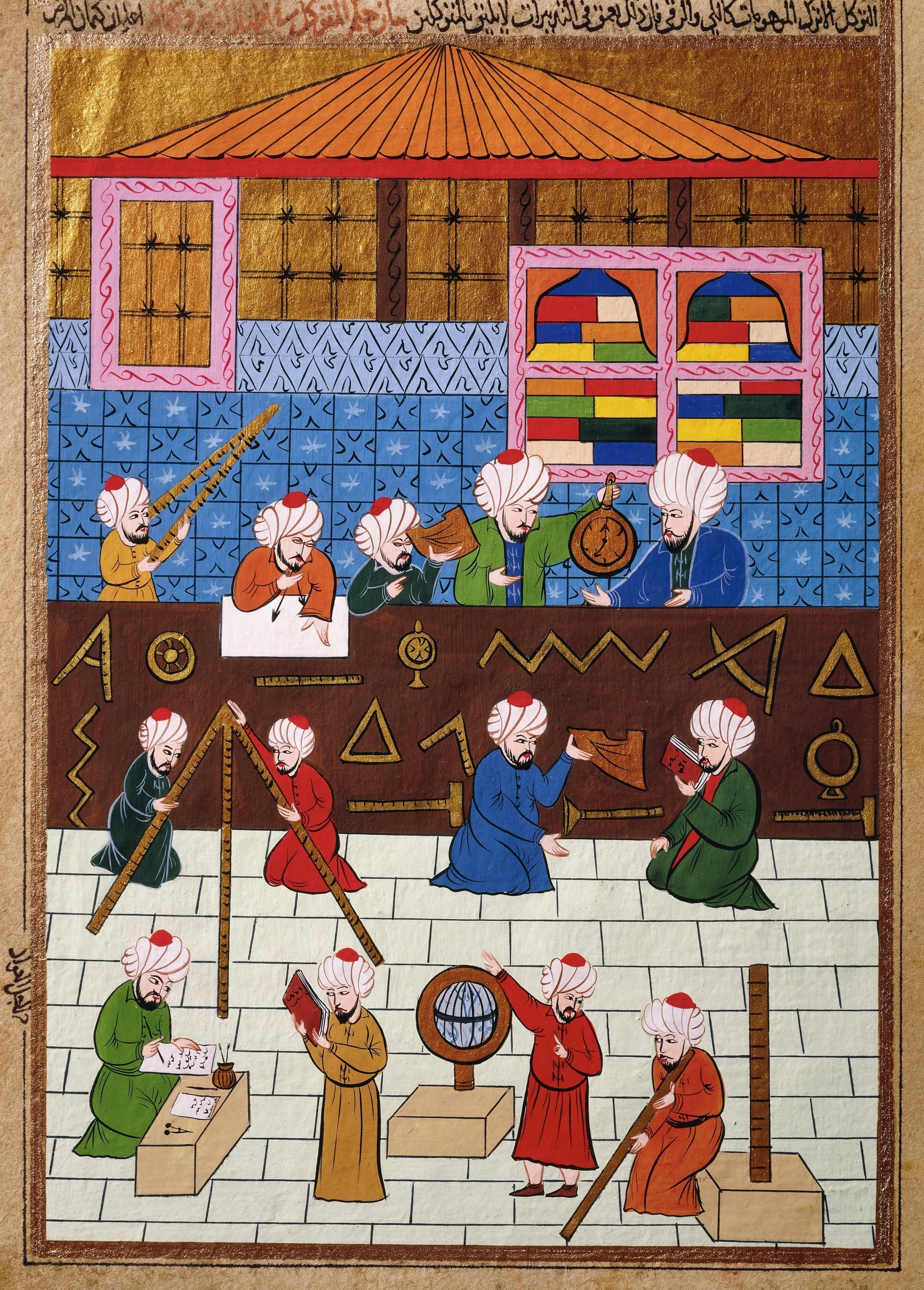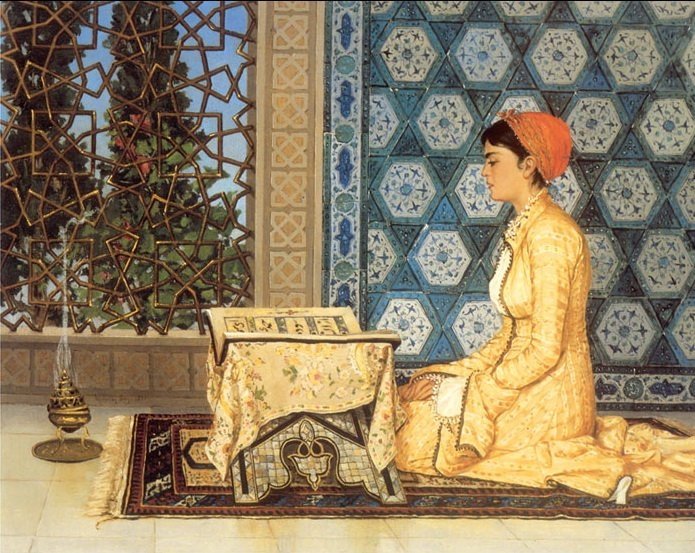Reading on the Fall of the Ottoman Empire
The best-seller section attracts the greatest attending in bookstores. When we are buying books, we cannot do so without looking at the best-seller lists. Best-selling books are one of the virtually visible indicators of the cultural life of a nation – and accept been for hundreds of years.
In the 17th century, the intellectual level of the Ottoman Turks reached its peak. There were many books that shaped the cultural lives of the Turks, who were the founders and administrators of the state. As the wars decreased and diplomatic relations increased, Turkish culture and art reached a refined form. Their potent cultural structure even manifested itself in the West. As a matter of fact, this dominant cultural harmony led to the nascency of the Turquerie movement, the 17th-century European trend of post-obit Turkish fashion.
Extensive studies of Ottoman literary culture reveal the widely read works of those times. Turkish researcher and professor Ismail Erünsal's deep piece of work on this subject area offers u.s. a lot of information. Numerous copies of sure books, a big number of annotations and footnotes cited in these books, notes written in book catalogs and the memoirs of Ottoman intellectuals reveal which books were virtually pop.

Tens of thousands of books
These famous works were read either individually or collectively during conversations in mosques and lodges. Not only did they nourish the people from a spiritual bespeak of view but they besides had the task of educating and preparation them.
Scientists read every work related to their fields according to a certain methodology. Bibliographic works on this methodology and on which book to read for which branch of science were also written.
At the top of the list of such books, which were frequent sources of data for those who dedicated themselves to scientific written report, "Kaşf az-Zunūn" ("The Removal of Dubiety from the Names of Books and the Arts") was the virtually famous. This Standard arabic-language work is a very comprehensive bibliography and encyclopedia of sciences by Katip Çelebi, also known as Haji Khalifa, who held an important place in the life of 16th-century Ottoman scientific and intellectual life with his multifaceted personality.
The work contains all-encompassing Arabic literature as well as Persian and Turkish studies. With its nearly 15,000 books and booklets also equally the names of some 10,000 authors, it gives information about more than 300 branches of scientific discipline. With further additions, its volume gradually grew.
German orientalist Gustav Leberecht Flügel made this work's first printed publication in 7 volumes. It was published in 1835 in various cities, specially in the High german city of Leipzig and later in London. The work has been one of the nigh popular books for orientalists.

Not every book can be read
The works read by the public do not contain such a wide diversity as those read in scientific circles. In Ottoman society, it was considered essential for everyone to take knowledge on the subjects they needed personally and to be raised according to their temperament and abilities. For this, the principle was adopted that "reading a lot of books is not ingenuity, reading the right book frequently is ingenuity."
At the heart of Ottoman civilization, the Quran was surely one of the well-nigh widely read books. The holy book was read both individually and collectively, and everyone, young and old alike, knew it. At least one child in each family was guided to be the "hafız," that is, the one who memorizes the Quran from beginning to end.
Near of the Arabic words that entered the daily Turkish language were words from the Quran. Too, the Arabic words and compounds in other works were besides based on common words from the Quran. For this reason, an Ottoman Turk could empathise the significant of many words he heard in a surah of the Quran even though he did not know Arabic, and he could ponder what was mentioned in that surah.
One of the things that the Ottoman Turks were the most sensitive to was the love of Prophet Muhammad. The work that the Ottomans read the most after the Quran also fed this feeling. "Vesiletü'north-Necat" ("Opportunities for Salvation"), written in 1409 by Süleyman Çelebi, one of the Ottoman scholars of the early period, was one of the best sellers in the empire.
The work is famous for the name "Mawlid," significant "nascency" in Arabic, considering of the fact that it describes the nativity of Prophet Muhammad. Other Turkish mawlids were written before this book. After Çelebi's volume gained popularity, some poets also wrote literarily successful mawlids. However, information technology is the mawlid of Süleyman Çelebi that became the virtually read. Even now, it has not lost its popularity among the public and continues to be read on religious occasions to this day.
Biographical and moral books that nurtured the love for Prophet Muhammad were well-nigh pop. One of the virtually popular of these books, which are called "Ahmadiyya" or "Muhammadiyya," is the book "Envarü'l-aşıkın" ("The Light of Worshippers"). According to inquiry, it is one of the books that women in item read the most.
At the start of the book, which has four capacity, the cosmos and secrets of the universe and the world, all the prophets and their characteristics, and the life of the last prophet is told. Prophet Muhammad's exemplary morality, worship, blest days and death, besides as Judgement Day and the afterlife are addressed.

A book carried on mules' backs
At the superlative of the nigh widely read works after "Mawlid" comes the book titled "Miftahul-Cennet" ("Key to the Gates of Paradise"), which is estimated to take been written in the late 14th century and the early 15th century. Some researchers consider the volume bearding, while others say it was written by a scholar named Muhammad bin Kutbuddin Izniki, who died in 1480.
The book is popularly known by the name "Mızraklı Ilmihal" ("Catechism with Spears") because of the decorations resembling spears at the beginning of the book. In fact, the discussion "catechism" refers to a work that contains bones information about any field, and books containing basic religious information in Turkish comport this name. The religious provisions that a Muslim needs the most in daily life are explained according to their degree of importance in Turkish catechisms.
"Mızraklı Ilmihal" was the most interesting among the works prepared in this blazon during the Ottoman Empire. It was known well-nigh past heart for being widely read by both the young and the former, from senior statesmen to artists. Researchers who desire to understand the Ottoman worldview should read it at least once.
Aware of the religious disinformation among the people in the previous century, Sultan Abdülhamid Two (1842-1918) ordered that this work be printed at the state-owned publishing business firm and sent to various parts of the empire – so much so that this volume was sent on mules' backs to mountain villages that did non fifty-fifty take a path, by order of the sultan. After the fall of the empire, classical Ottoman culture was passed forth past the masses who had read this volume.
Since the Ottoman state was an empire with a multinational structure, each nation had its own cultural life – which brought a very rich cultural multifariousness. In the classical era, there was no sense of nationality in the current sense. The state classified its subjects on a religious basis.
When nosotros look at it on a subject basis, we see that Muslims read like works on the same topics but written in their own linguistic communication. The popularity of these works was maintained for centuries, both amongst the public and in intellectual circles. Therefore, a Muslim Turk from Central Anatolia, a Muslim Albanian from Rumelia and a Muslim Kurd from Damascus shared a common worldview and religious lifestyle, while their cultural differences were related to the geography in which they lived.

Psychological support
At that place were as well popular works that informed the public not only religiously but also psychologically. Although "Müzekinnüfus" ("Cleansing of Souls") past Eşrefoğlu Rumi, one of the famous Sufis of the 15th century, is described equally a religious work, it is essentially a book of psychology.
The book tells nearly the creation of human and teaches that he must arrange his graphic symbol and habits in accord with this cosmos, stay abroad from evil and mendacious people and actions, be with expert people and exist useful first to himself and and then to other people around him.
This piece of work, which deals with Sufi topics in patently Turkish, served equally a source of relief for readers and a guide to putting their lives in order. Many other works that served this task were read over and once more in book assemblies. The translations of Mevlana Jalaladdin Rumi'due south "Masnavi" is one of them. With the expansion of press, the course of reading in Ottoman geography began to change. However, these books have e'er remained pop.
villarrealcarbandoin.blogspot.com
Source: https://www.dailysabah.com/arts/who-read-what-in-ottoman-empire-authors-books-and-readers/news
0 Response to "Reading on the Fall of the Ottoman Empire"
Post a Comment